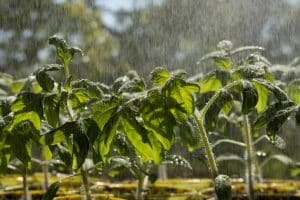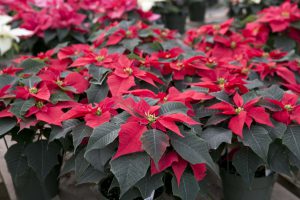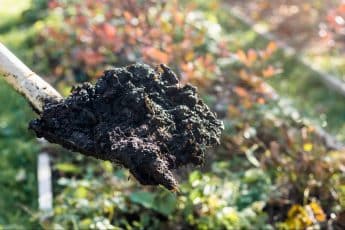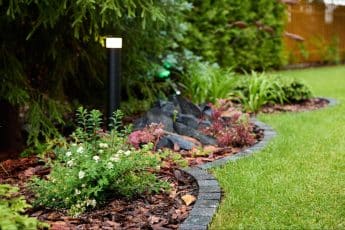
Best Tips for Pulling Weeds
Tips for Weeding
Prevent Weeds
“On an exhausted field, only weeds grow.”
– Henryk Sienkiewicz
Weeds are the bane of every gardener’s existence. Just when you think you have a pristine garden, they pop out of the ground to wreak their havoc. Now, don’t get me wrong – there are plenty of “weeds” that look great in a garden or yard. The problem isn’t always their appearance, though. Weeds compete with what you actually planned and planted for sun, water, and nutrients. In a contest, the weeds are better at getting what they want than what you’re trying to grow. To keep your garden growing the way it’s intended, taking out the weeds is key.
Tips for Weeding:
Despite hours of tireless work in the hot sun, pesky weeds can keep popping up. For more effective and easier weeding, here are my top tips:
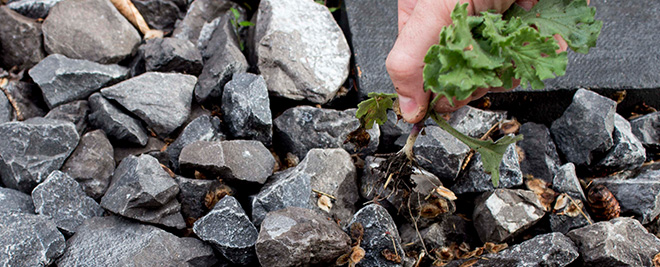
Weed When Wet: This tip is a simple idea that gardeners have been following with great success for centuries. If you pull weeds when the soil is dry, they often get stuck and the roots remain in the soil to grow again. If you pull them after rain or after watering, the soil is easier to move, and the roots will slide out with less resistance. Careful where you step in a wet garden, though, because wet soil is also easier to pack down, smothering your plants and making it harder to pull weeds.
Weed Early: Get weeds when they’re small. By weeding earlier in the season, you’ll not only keep your garden from becoming infested with little weeds, but you’ll also catch them before their roots have become too complex. You’ll stop them from seeding, and their smaller roots will be easier to pull.
Loosen Your Soil: To make sure you get the roots, you want to make one smooth pull. This is hard to do when met with the resistance of stiff soil. Gently loosen the top layers with a spade or weeding tool (your hands can work, too). If done correctly, you should be able to see where your roots connect to the plant. Grab the plant from its growing source, and you’ll know you left no roots behind.
Up and Out: When pulling weeds, tug them straight up rather than on an angle. Angles can cause roots to break off, so up and out is the way to go.
Decapitate: If you can’t quite get their roots, taking off their head may be your best bet. Seeds are produced when the flowers are spent, so chop them off frequently to prevent them from making more.
Know Thy Enemy: Pulling weeds can feel all the same, but it most certainly is not. Knowing the weeds you’re pulling will help you remove and prevent them more easily. It’s important to know how they grow to stop them from popping up again. It will also help you know if they are dangerous, poisonous, or beneficial!
Can’t Kill Them? Use Heat: Despite your hardest tugs and best efforts, sometimes you just can’t shake weeds. A surefire way to kill them, though, is roasting them alive. One way is to pour boiling water on them. This is great for weeds in the lawn or popping up through cracks, but not so great in the garden where you can damage your other plants. In the garden, just cover them with dark plastic for a month. They’ll die off with no light and too much heat.
Dig in with Alberta’s Best Gardening Blog for more tips on keeping a tidy garden!
Prevent Weeds:
Now that you know the tips and tricks, pulling your weeds might not seem so bad. Saving yourself the extra work is always much better, though. To prevent weeds from growing in your garden in the first place, remember:
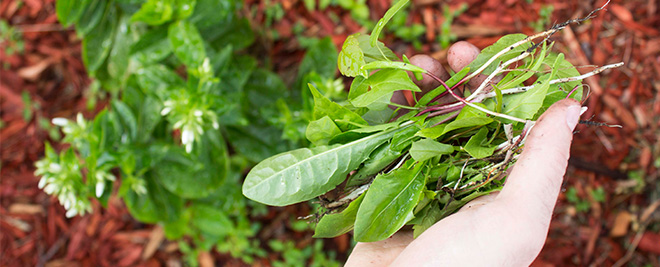
Mulch is key. This prevents weeds from growing and seeding. It also regulates temperatures and moisture for your plants. It’s an all-around win-win in the garden.
Pack your plants close together. Weeds need the sun to grow, and if there are only shady areas left, they won’t get a chance. Make sure to give your plants the space they need, though, to get to full size.
Don’t let pulled weeds touch your soil. When weeding, place weeds into a bag or bucket to prevent seeds from getting into the soil. Also be sure to clean your gloves after weeding to prevent the spread of seeds during other gardening later.
Proper disposal is also very important. Use a lawn waste bag to dispose with garbage. Many weeds are also edible, so check to see if you can add them to a salad! You can also compost them, but to prevent seeds, you’ll need lots of heat to cook your compost.
A weed-free garden is a happy one where your plants are free to grow with all the sun, water, and nutrients they need. With these tips and tricks handy, you’ll be sure to have a healthier garden in no time!

